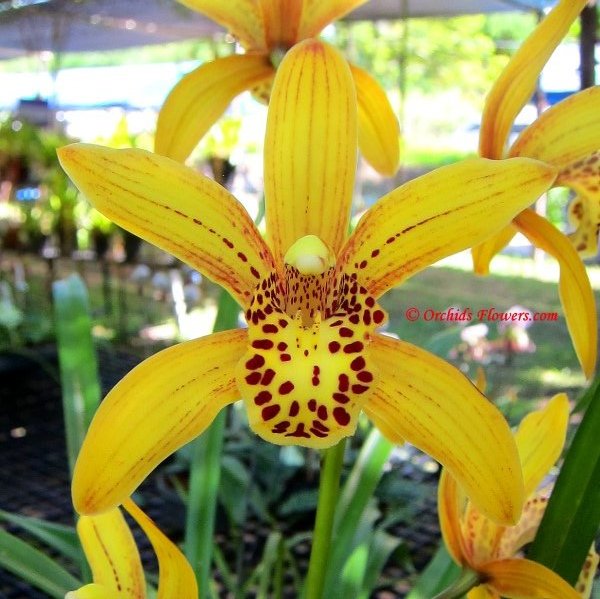
Cymbidium Promised Land is a terrestrially growing, heat tolerant Cymbidium (HTC) hybrid, a crossing from Cymbidium Nancy Carpenter (seed parent) and Cymbidium Peter Pan (pollen parent). Cymbidium Promised Land has been bred in 1987 by Milton Carpenter and has been registered with the Royal Horticultural Society by Everglades Orchids an orchid nursery in Belle Glade, Read More »
Read the full article...
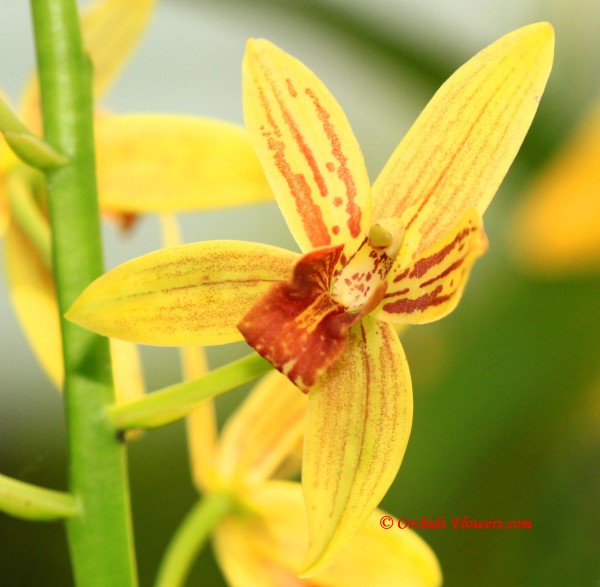
Grammatocymbidium Pakkret Adventure is a Thai orchid hybrid, an intergeneric crossing from Cymbidium Tender Love (seed parent) and Grammatophyllum Yuan Nan Tiger (pollen parent). Grammatocymbidium Pakkret Adventure has been registered with the Royal Horticultural Society (RHS) in 2010 by the Thai orchid nursery Pakkret Floriculture. Pakkret Floriculture is an orchid nursery, based in Nonthaburi, …
Read the full article...
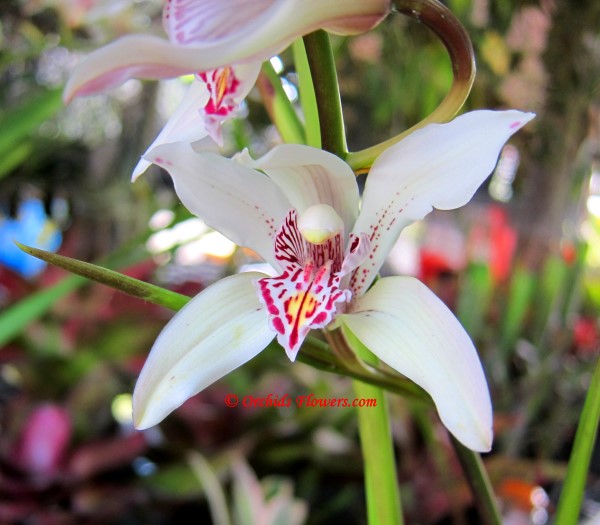
We found this Cymbidium insigne Rolfe 1904 orchid a few days ago at the Chiang Mai Flower Festival, which take place every year on the first weekend in February. We went to a small shop and the very friendly salesman showed us three absolutely different Cymbidium orchids, all 3 labeled as Cymbidium insigne. We chatted Read More »
Read the full article...
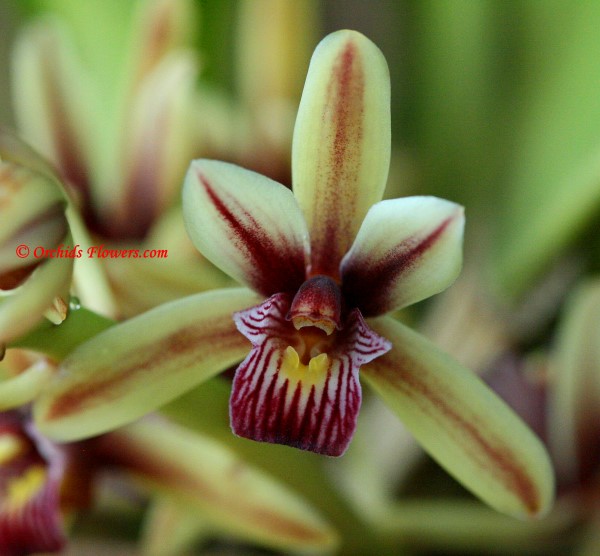
Cymbidium aloifolium (L.) Sw. 1799 is a terrestrial or lithophytic growing orchid species, widely distributed in Asian countries. Cymbidium aloifolium orchids are native to South China, Nepal, India, Bangladesh, Sri Lanka, Burma (Myanmar), Thailand, Laos, Cambodia, Vietnam, Malaysia and Indonesia. The large sized orchid sprouts inflorescences with a length up to 75 cm, which can Read More »
Read the full article...
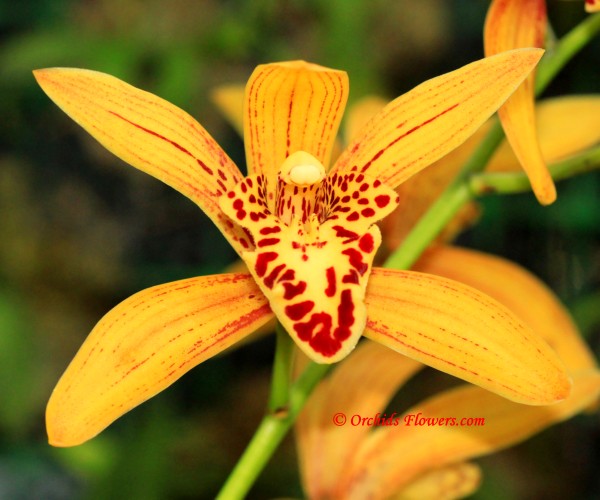
Cymbidium Chen’s Ruby is a terrestrially growing 5 th generation orchid hybrid. As we got enough information about the parentage of this beautiful orchid, we like to show You how much effort is needed to achieve such a magnificent flower. 1. Generation crossings: Cymbidium eburneum × Cymbidium lowianum = Cymbidium Veitchii Cymbidium insigne × Cymbidium Read More »
Read the full article...
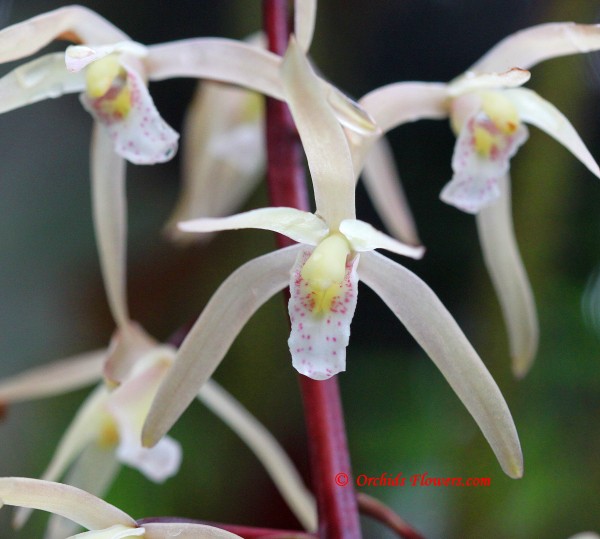
Cymbidium aliciae Quisumb. 1940 is a terrestrial growing orchid species, native to Sulawesi, Indonesia and the island of Luzon, Philippines. Cymbidium aliciae flowers are slightly fragrant and reach a size of about 5 cm in diameter. Flowering period: Summer to Autumn. The erect inflorescences reach lengths up to about 20 cm and carry up to Read More »
Read the full article...
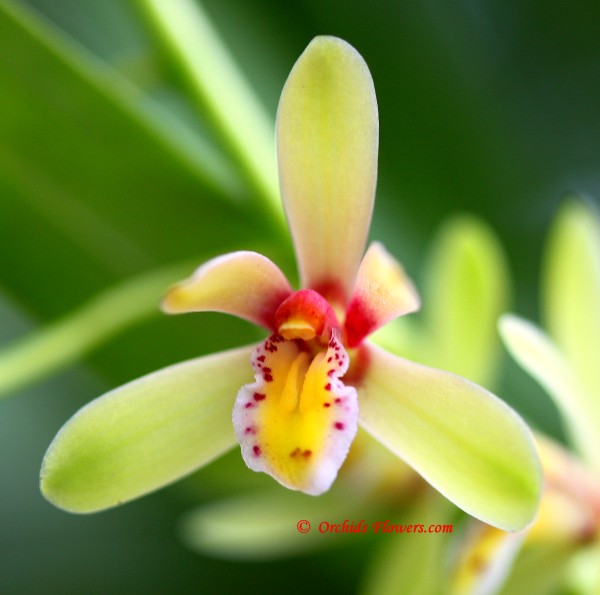
Cymbidium chloranthum Lindl. 1843 is an epiphytic growing orchid species native to Malaysia and Indonesia. The erect inflorescences reach lengths up to 0,50 meters and carry up to 40 flowers. The slightly fragrant flowers get a size of about 3-4 cm in diameter.Flowering period: all year round. Cymbidium chloranthum orchids are protected by CITES Appendix Read More »
Read the full article...
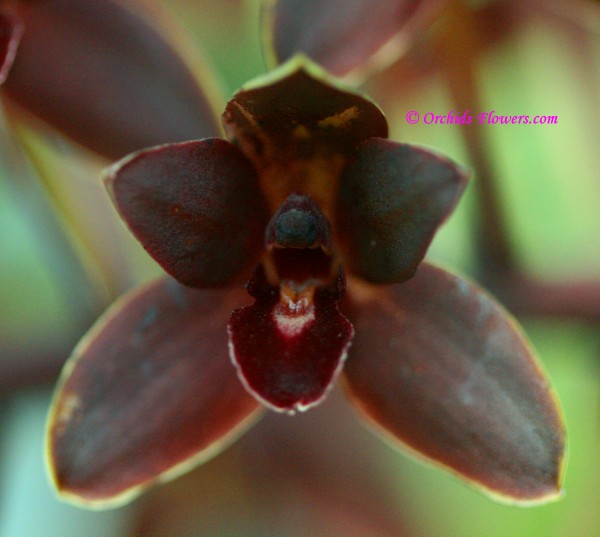
Cymbidium Little Black Sambo Black Magic,
in common called Cymbidium Black Magic
is a cross-breading between Cymbidium canaliculatum
and Cymbidium madidum with very dark maroon blooms…
Read the full article...
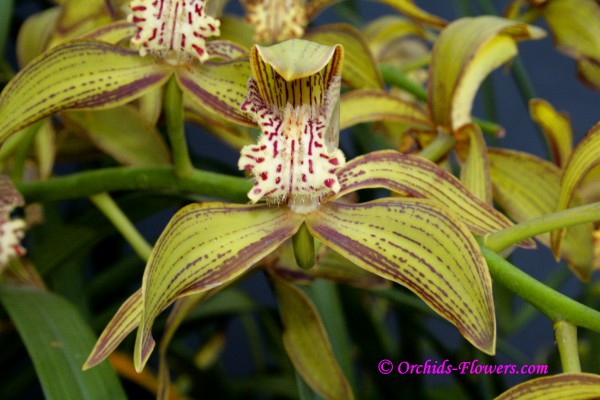
Cymbidium tracyanum Rolfe 1890 is a terrestrially growing, large sized orchid species, native to China, Thailand and Myanmar (formerly Burma), where it grows at elevations from 1200 to 1900 meters. The Cymbidium species orchid has been named in honor to the English orchid grower Tracy (19th century). Inflorescences reach lengths of about 1,30 meters and Read More »
Read the full article...









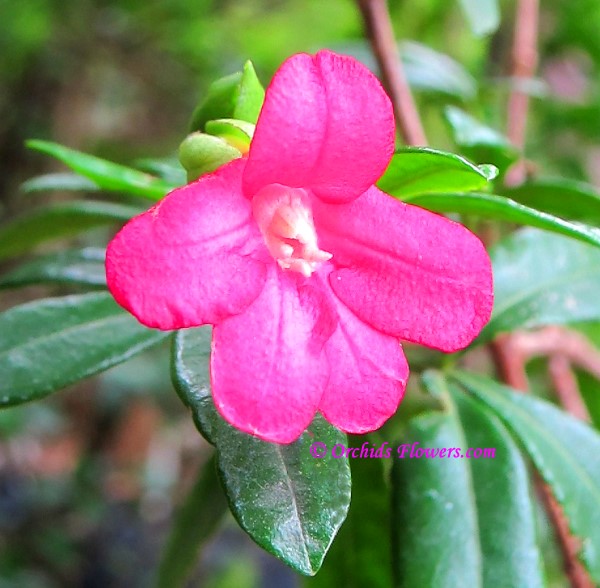 Lemonia (Ravenia spectabilis)
Lemonia (Ravenia spectabilis)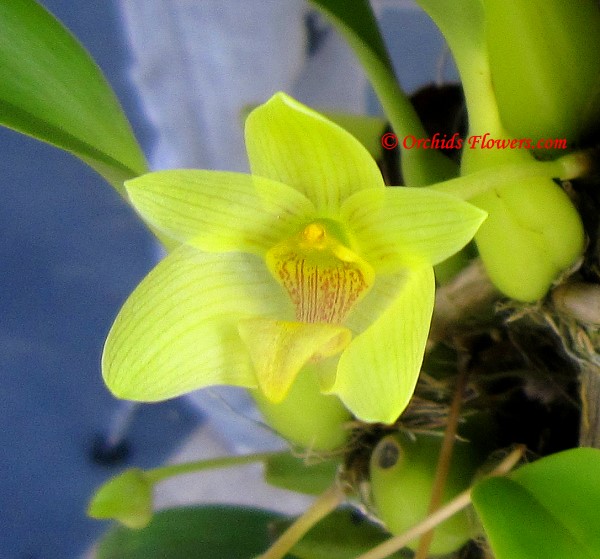 Bulbophyllum orectopetalum
Bulbophyllum orectopetalum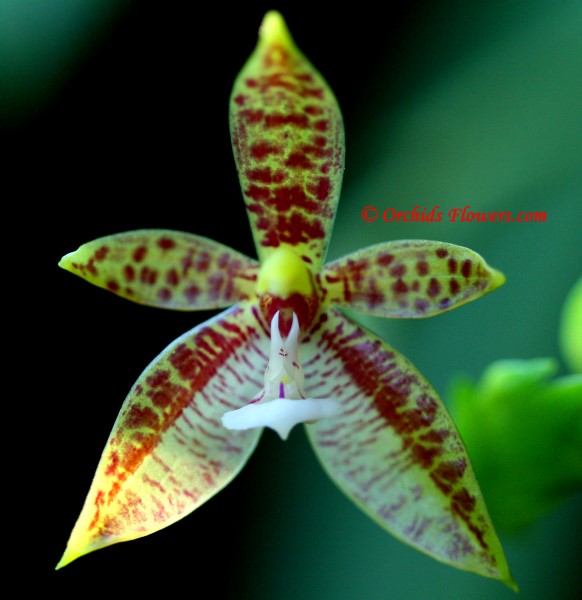 Phalaenopsis cornu-cervi Blume & Rchb. f. 1860
Phalaenopsis cornu-cervi Blume & Rchb. f. 1860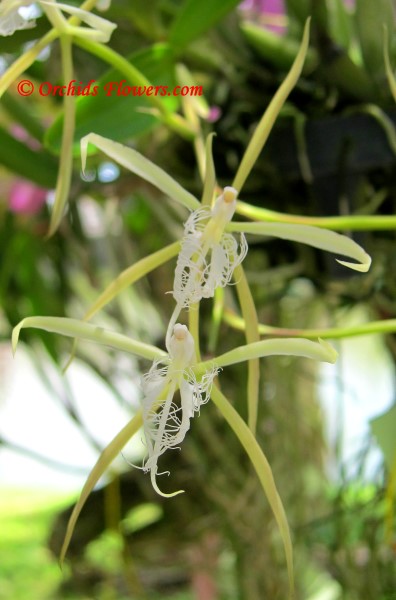 Epidendrum ciliare (Coilostylis ciliaris)
Epidendrum ciliare (Coilostylis ciliaris)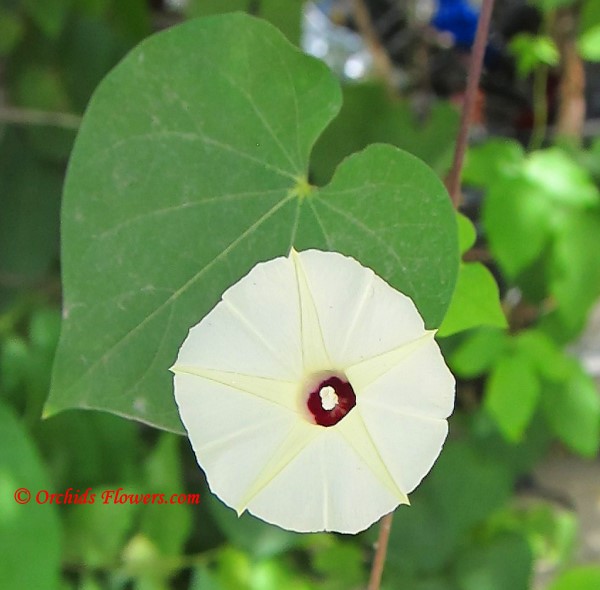 Man of the Earth (Ipomoea pandurata)
Man of the Earth (Ipomoea pandurata)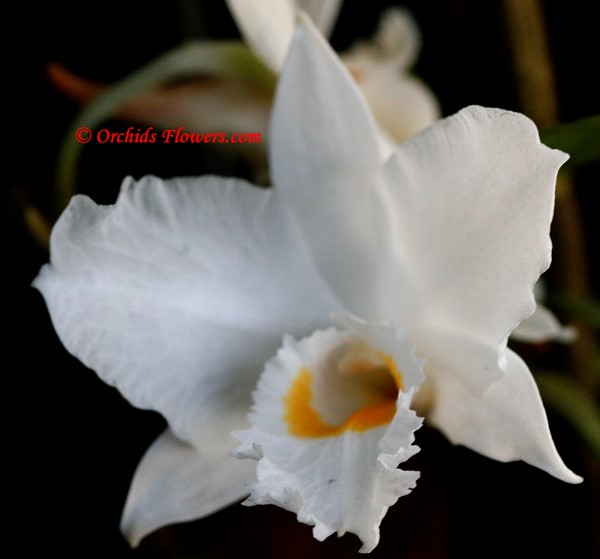 Dendrobium infundibulum Lindl.1859
Dendrobium infundibulum Lindl.1859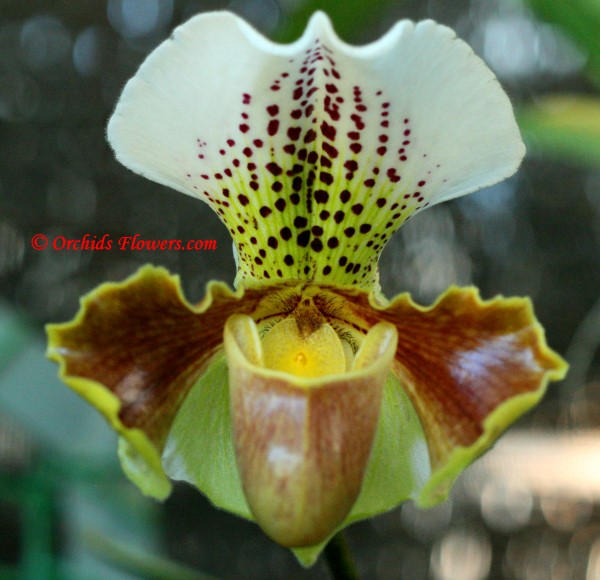 Paphiopedilum insigne
Paphiopedilum insigne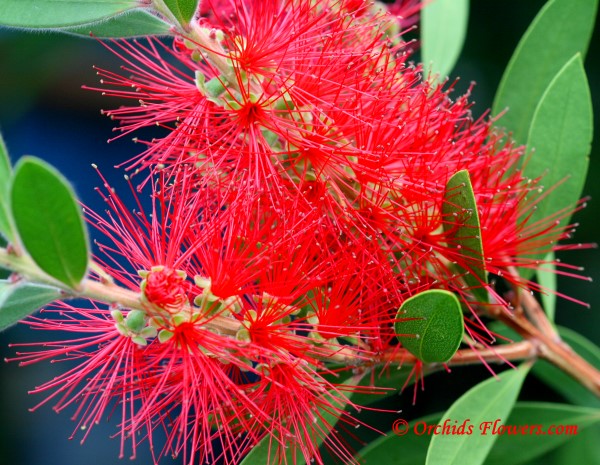 Crimson Bottlebrush (Callistemon citrinus)
Crimson Bottlebrush (Callistemon citrinus)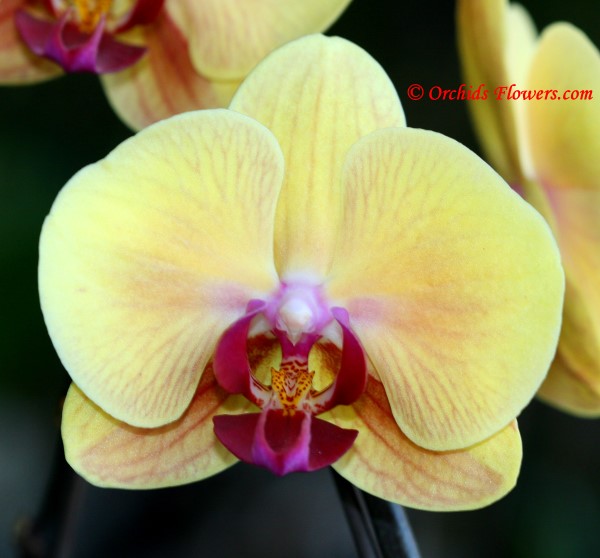 Phalaenopsis Golden Beauty
Phalaenopsis Golden Beauty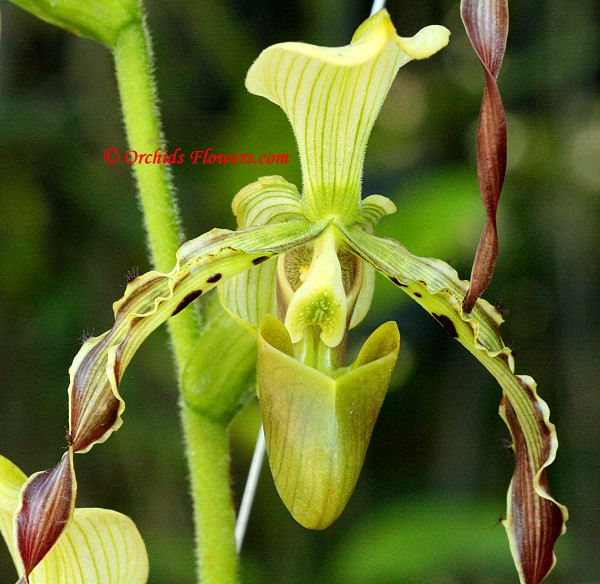 Paphiopedilum parishii
Paphiopedilum parishii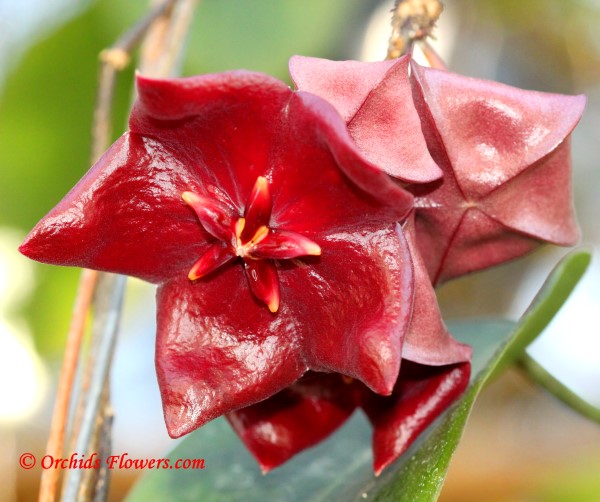 Hoya megalaster
Hoya megalaster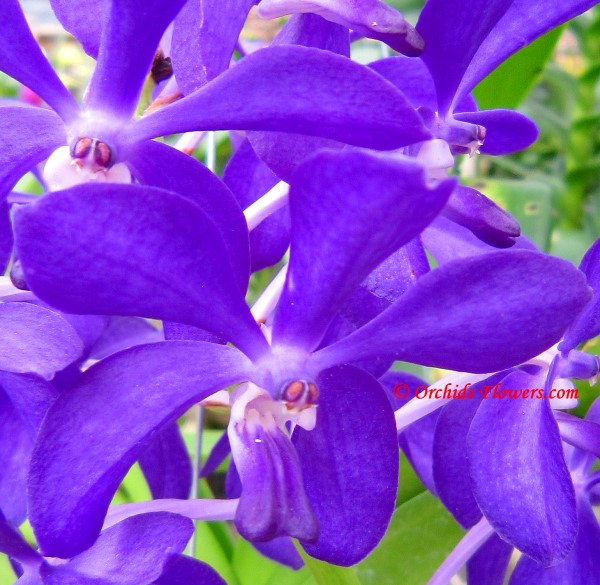 Vandachostylis Thai Sky
Vandachostylis Thai Sky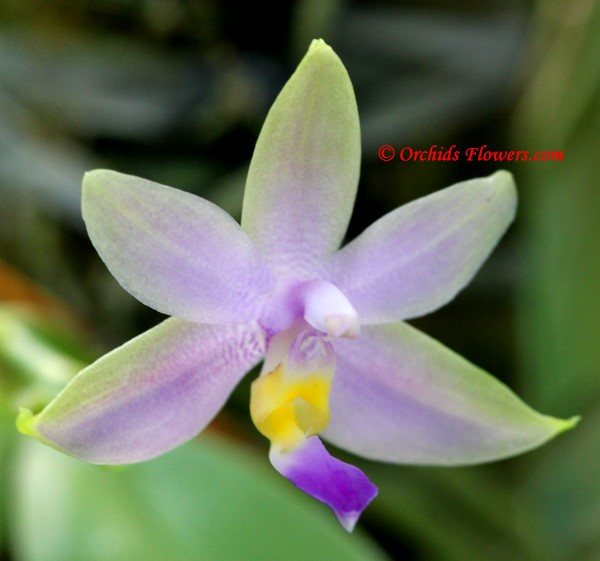 Phalaenopsis violacea fo. coerulea Christenson
Phalaenopsis violacea fo. coerulea Christenson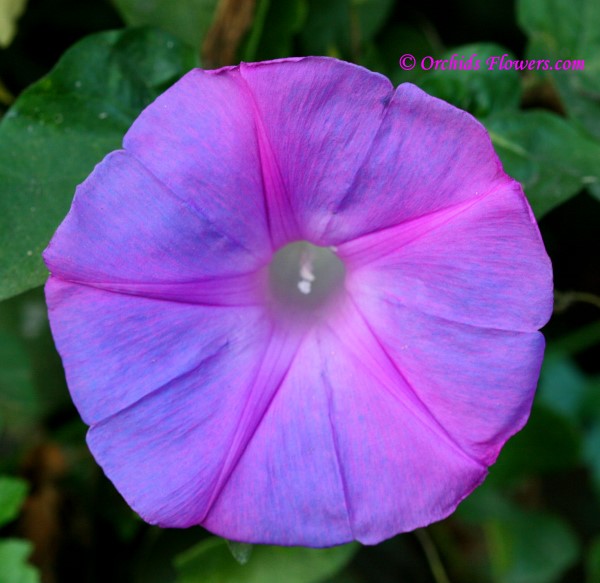 Oceanblue Morning Glory (Ipomoea indica)
Oceanblue Morning Glory (Ipomoea indica)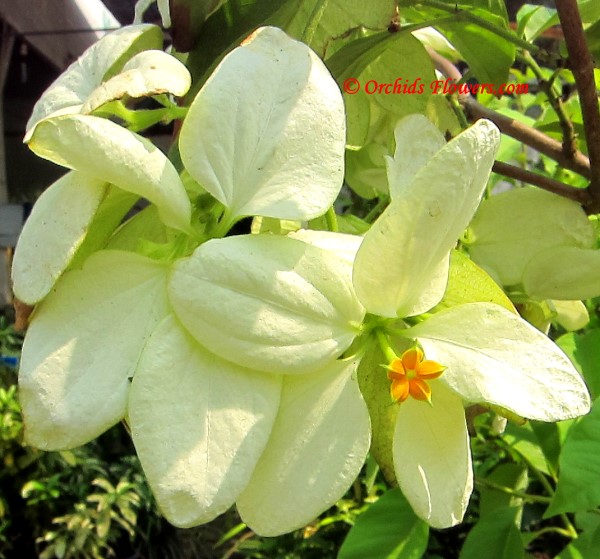 Buddha’s Lamp (Mussaenda philippica var. aurorae)
Buddha’s Lamp (Mussaenda philippica var. aurorae)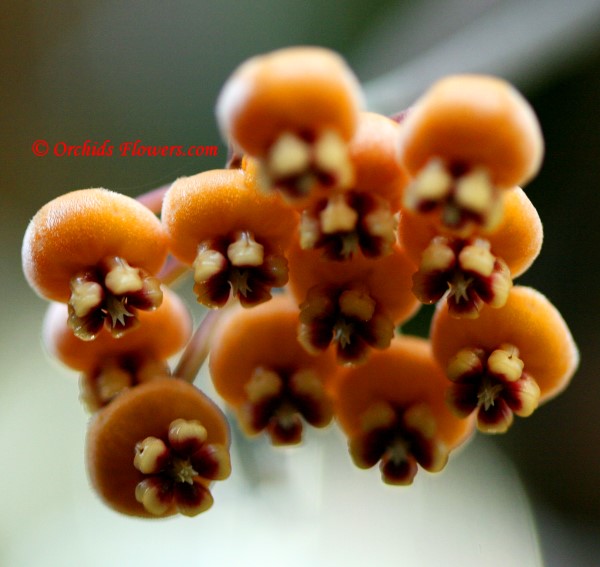 Hoya waymaniae Kloppenb.1995
Hoya waymaniae Kloppenb.1995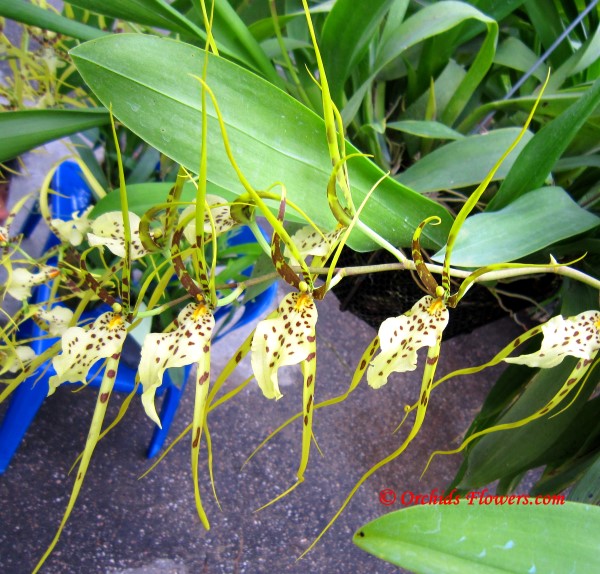 Brassia Eternal Wind “Summer Dream”
Brassia Eternal Wind “Summer Dream”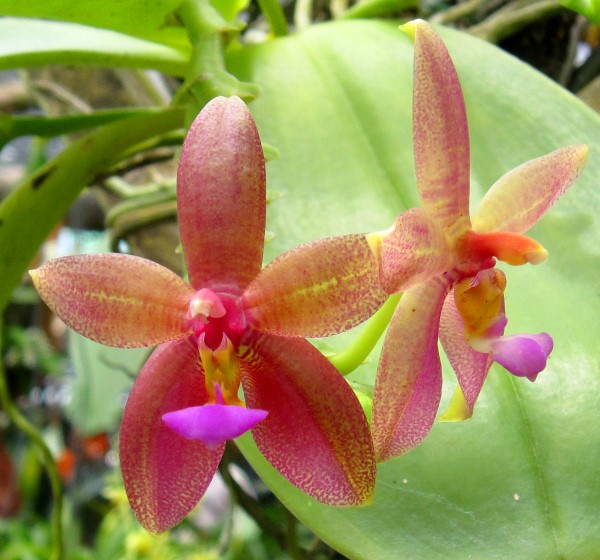 Phalaenopsis × valentinii
Phalaenopsis × valentinii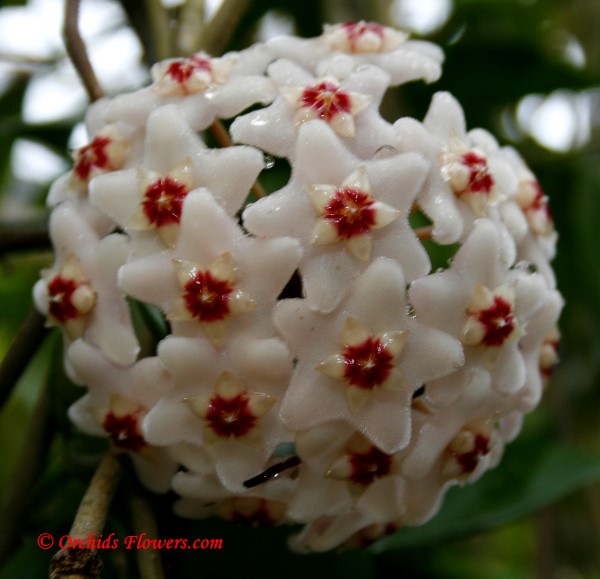 Hoya carnosa white
Hoya carnosa white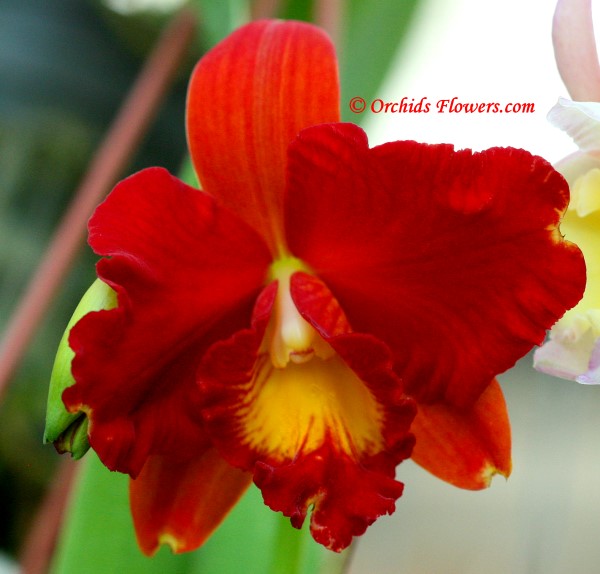 Cattleya Tainan City
Cattleya Tainan City


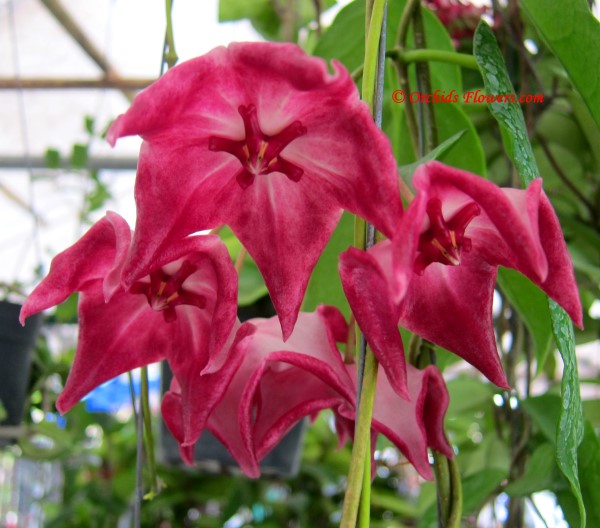 Hoya macgillivrayi F. M. Bailey 1914
Hoya macgillivrayi F. M. Bailey 1914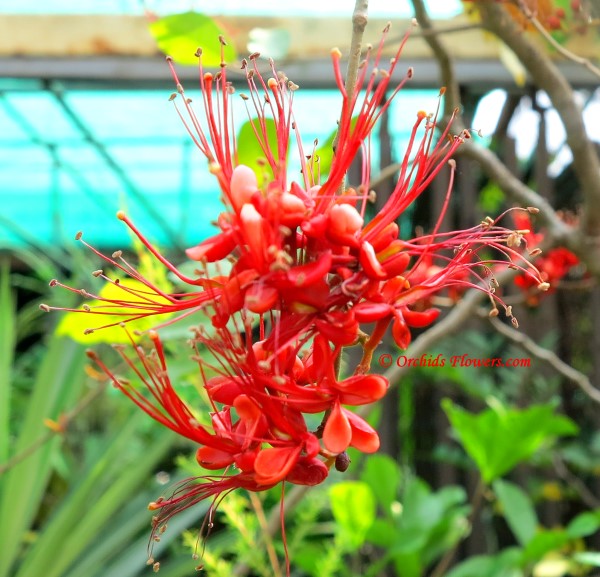 Monkey Flower Tree (Phyllocarpus septentrionalis)
Monkey Flower Tree (Phyllocarpus septentrionalis)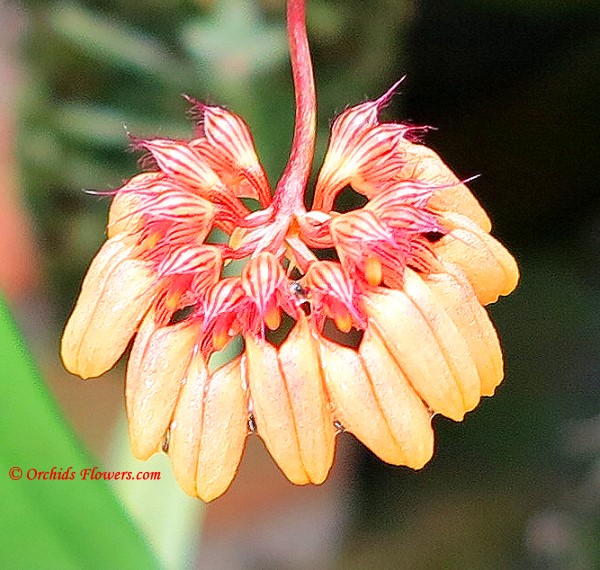 Bulbophyllum sikkimense (Cirrhopetalum sikkimense)
Bulbophyllum sikkimense (Cirrhopetalum sikkimense)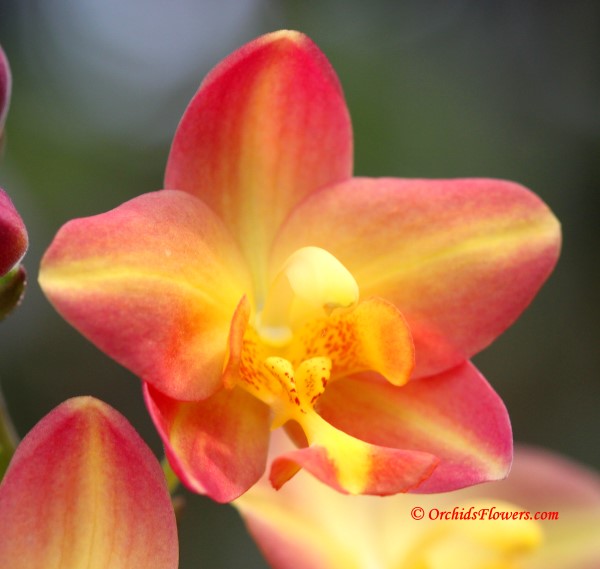 Spathoglottis Citrus Cooler Sorbet
Spathoglottis Citrus Cooler Sorbet